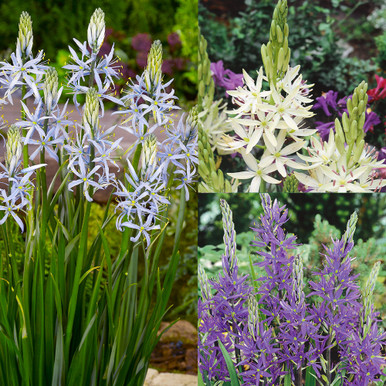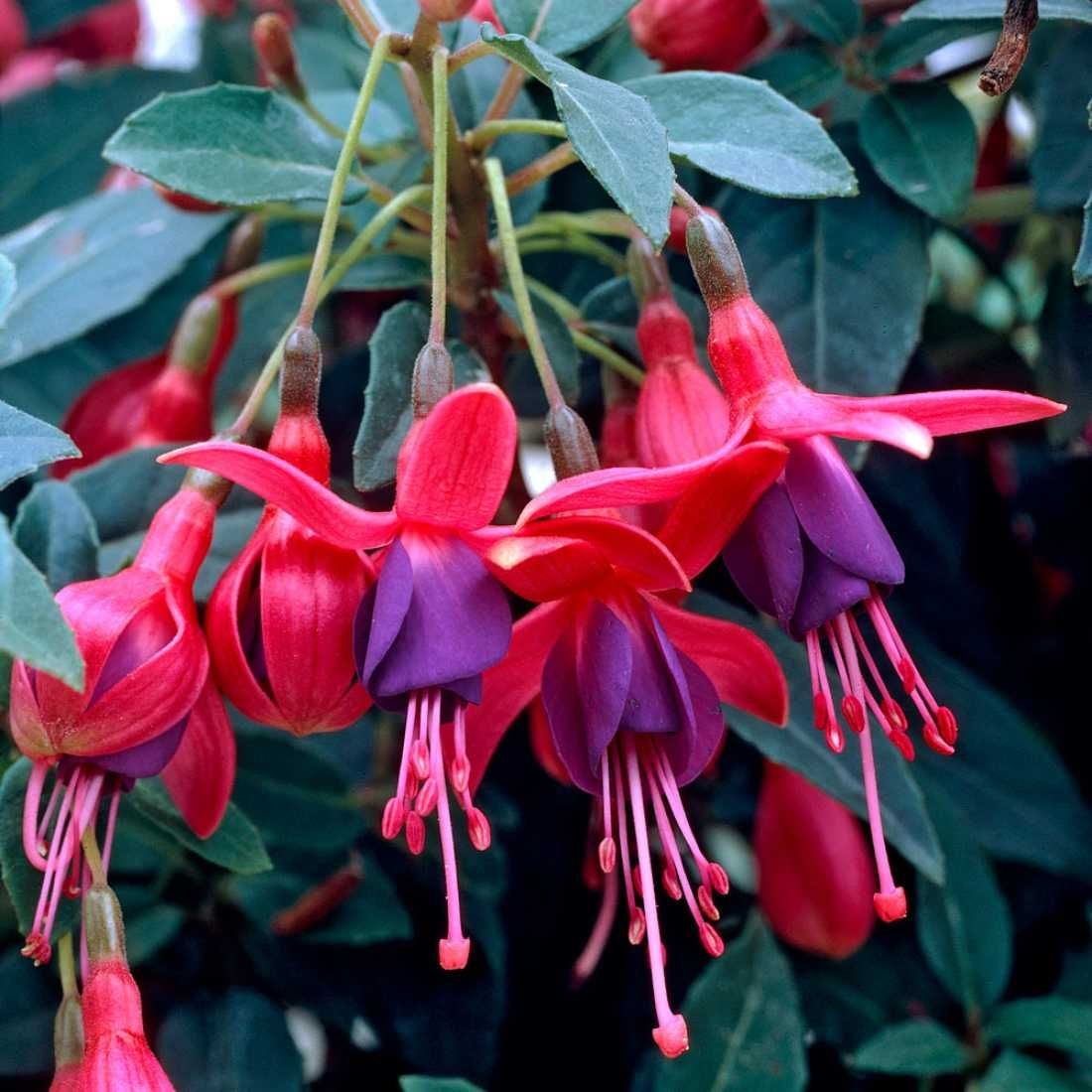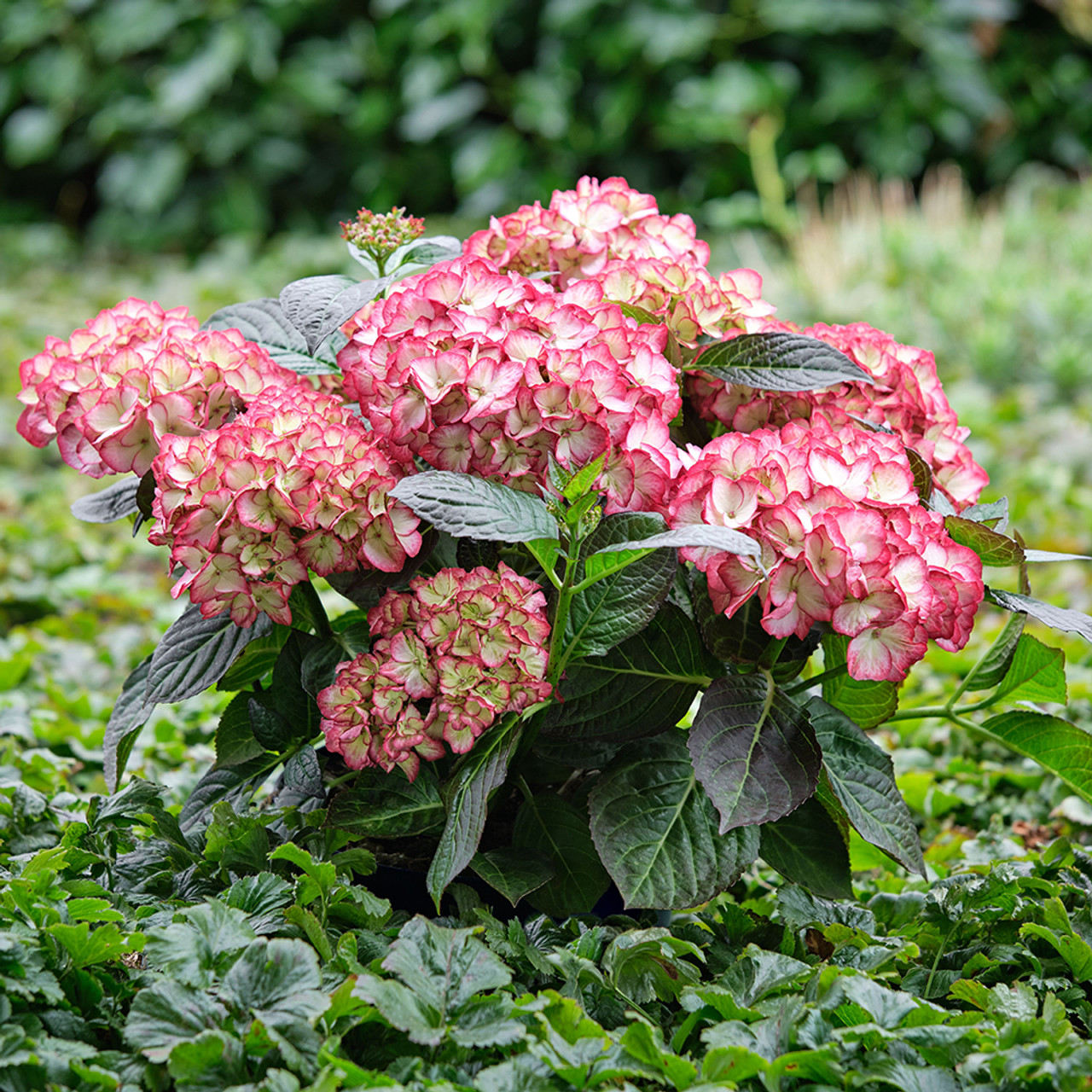Plants for clay soil — rich moisture-lovers to add flowers, fragrance and foliage to your garden all year round
Create a stunning garden by selecting the right plants for the right place

If you have a garden made up primarily of clay soil it has many benefits, but not every plant will appreciate its conditions. This soil type contains microscopic clay particles that bind together to form solid clumps that can become compacted.
Clay is great for holding onto water and nutrients, but its poor drainage qualities mean that it can suffer from waterlogging during rain and conversely, in hot weather, the surface can harden and crack.
We've listed choices for which will love a clay garden landscaping environment, with choices for sun, shade, and partial shade. As well as some hardworking low-maintenance choices which will give months of interest across multiple seasons.
10 top plant picks for clay soils
Plants that will perform well in clay will be those that appreciate heavy soils and moisture. Some may benefit from soil being enriched with organic matter.
Don't expect plants which rely on excellent drainage to survive in clay soils. Plants for gravel gardens like more or less the opposite qualities from their soil to clay plants.
1. Climbing Hydrangea
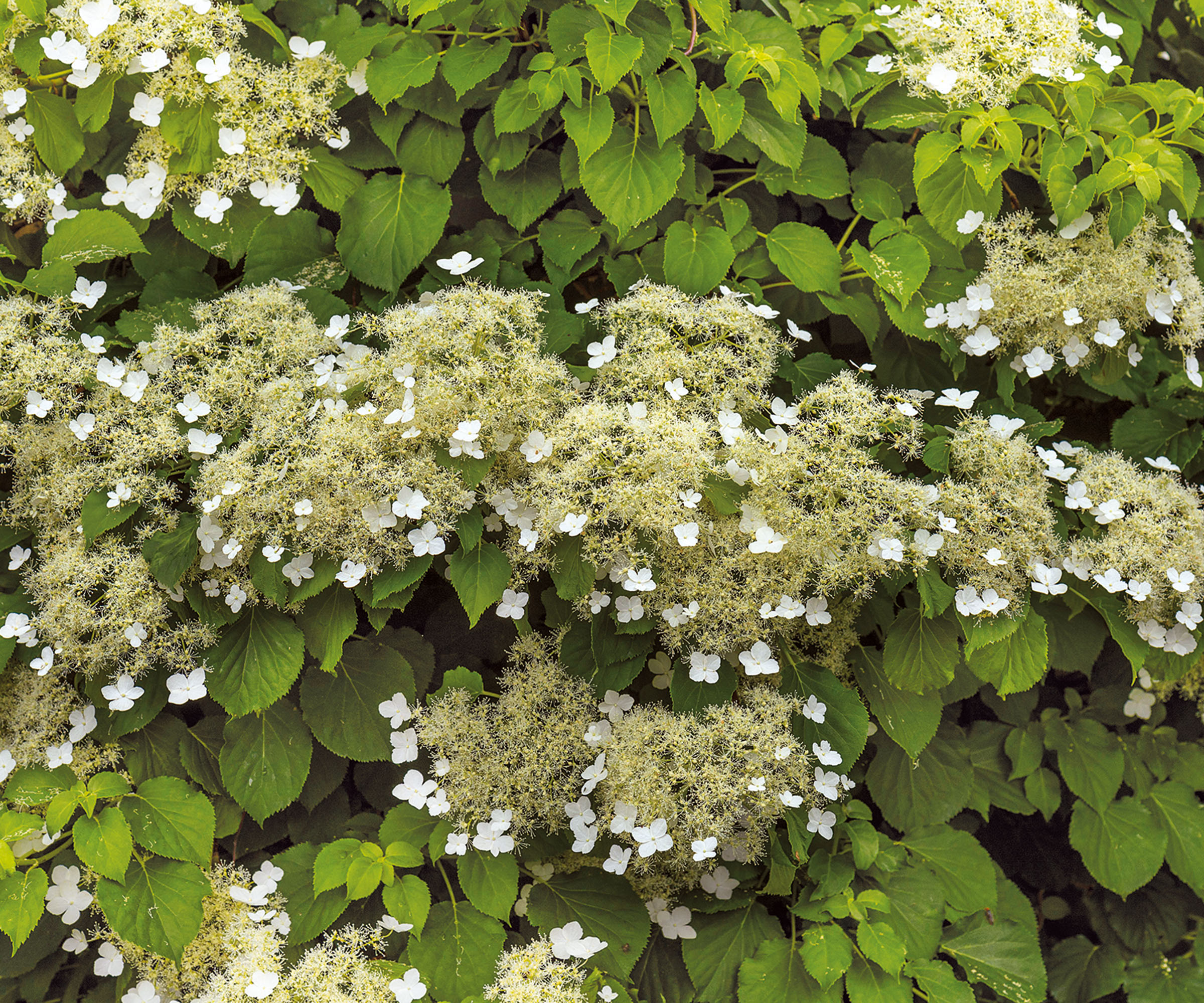
Hydrangeas and climbing hydrangeas are fantastic garden plants that are great plants for shade as well as clay.
"Climbing hydrangeas are particularly well suited to clay soils, but the need to be planted in partial shade, and kept moist all year round for them to thrive," says Andrew White, a gardening expert at Rhino Greenhouses Direct.
Bring your dream home to life with expert advice, how to guides and design inspiration. Sign up for our newsletter and get two free tickets to a Homebuilding & Renovating Show near you.
"This climbing fence plant is perfect if you’re looking to cover large areas of vertical space in your garden, for instance, fences, trees or walls. Once established, climbing hydrangeas are known for being vigorous climbers, and will require regular pruning in the summer after they have flowered."

Andrew White is Rhino Greenhouses Direct's resident gardening enthusiast with over 8 years' experience in gardening related topics.
2. Hosta
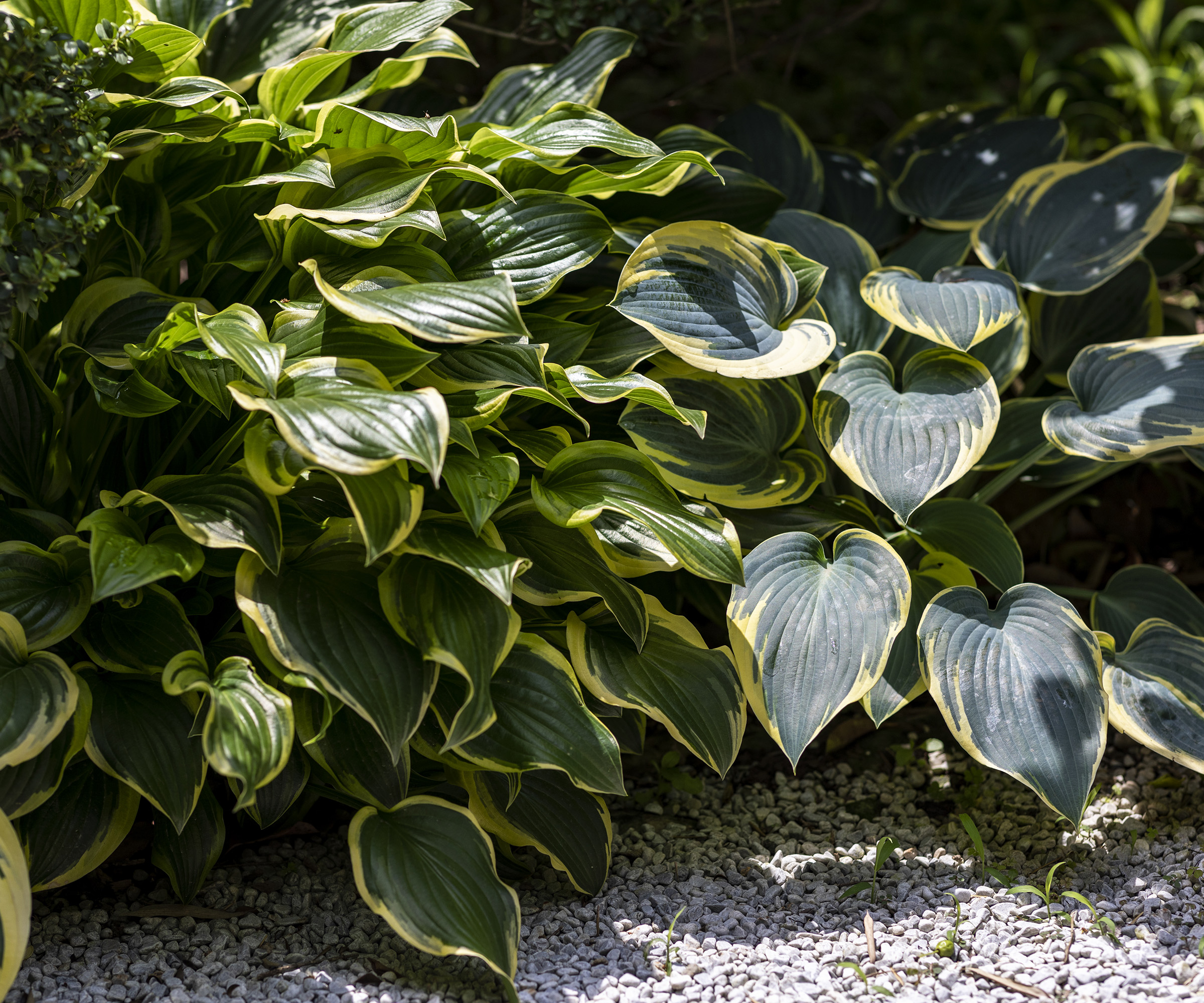
Though highly susceptible to slug attacks, you'll need to take measures to get rid of slugs if you want to grow hostas. That being said they are otherwise reliable plants for shade and clay.
"Best suited to partial or full shade, Hostas are renowned for producing extremely distinctive foliage in various colours. Hostas are more than capable of growing well in clay soils, but they do require soil that is moist and rich in organic matter to help with establishing the plant," says Andrew White.
"You should look to plant Hostas in spring or autumn for best results, with a view to tidying up any dead foliage in late autumn once they are established."
Shop plants for clay soils
3. Camassia

"If you’re looking for a bulb that is best suited to clay soils, you won’t go far wrong with Camassia. Perfectly capable of holding its own as a plant for sun, or in partially shaded areas, this plant will usually start to emerge toward the end of spring, which makes it a popular flower to fill the void between spring and summer perennials," says Andrew White.
Low-maintenance garden lovers will love the relaxed nature of camassia plants which grow best when they're undisturbed.
4. Geranium
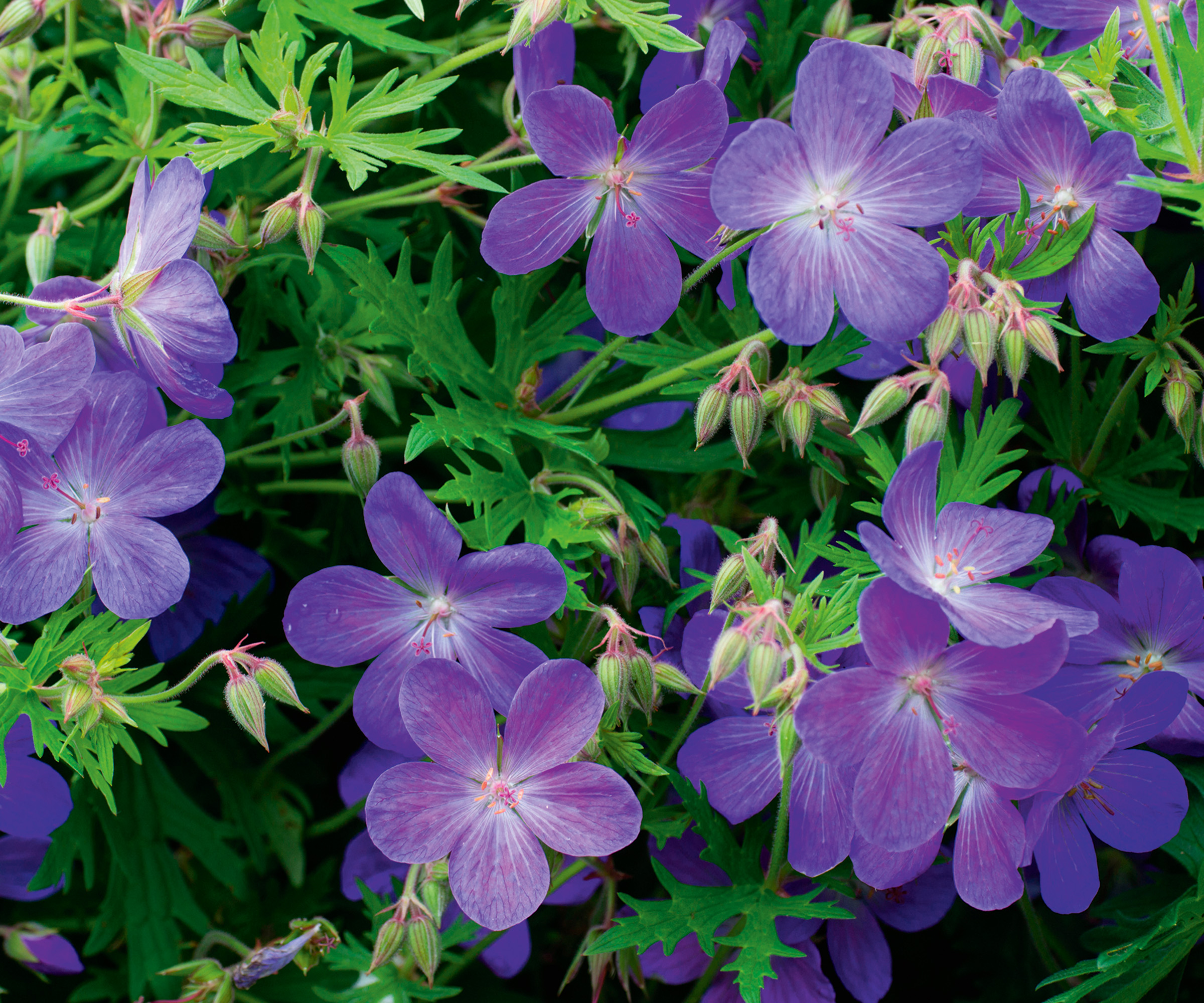
These are a personal favourite plant of mine as they will reliably flower for months on end. Geranium Rozanne is my go-to variety in my own garden as it gives ultraviolet blooms from June to October.
"Geraniums are a hardy plant and will tolerate clay soil although it should be well-draining. As with all plants in clay, they do better when the soil is enriched with organic matter. These herbaceous perennials are easy to grow and produce a wide variety of shapes and colours for your garden," says garden expert at My Job Quote Fiona Jenkins.
"They prefer a sunny position or partial shade and can be used in flowerbeds, borders or as ground cover:"

A landscaper and gardening expert with over 25 years of experience in the industry. Currently she works for MyJobQuote as their resident expert on all things gardening. She is highly knowledgeable about different plant varieties.
5. Fuchsia
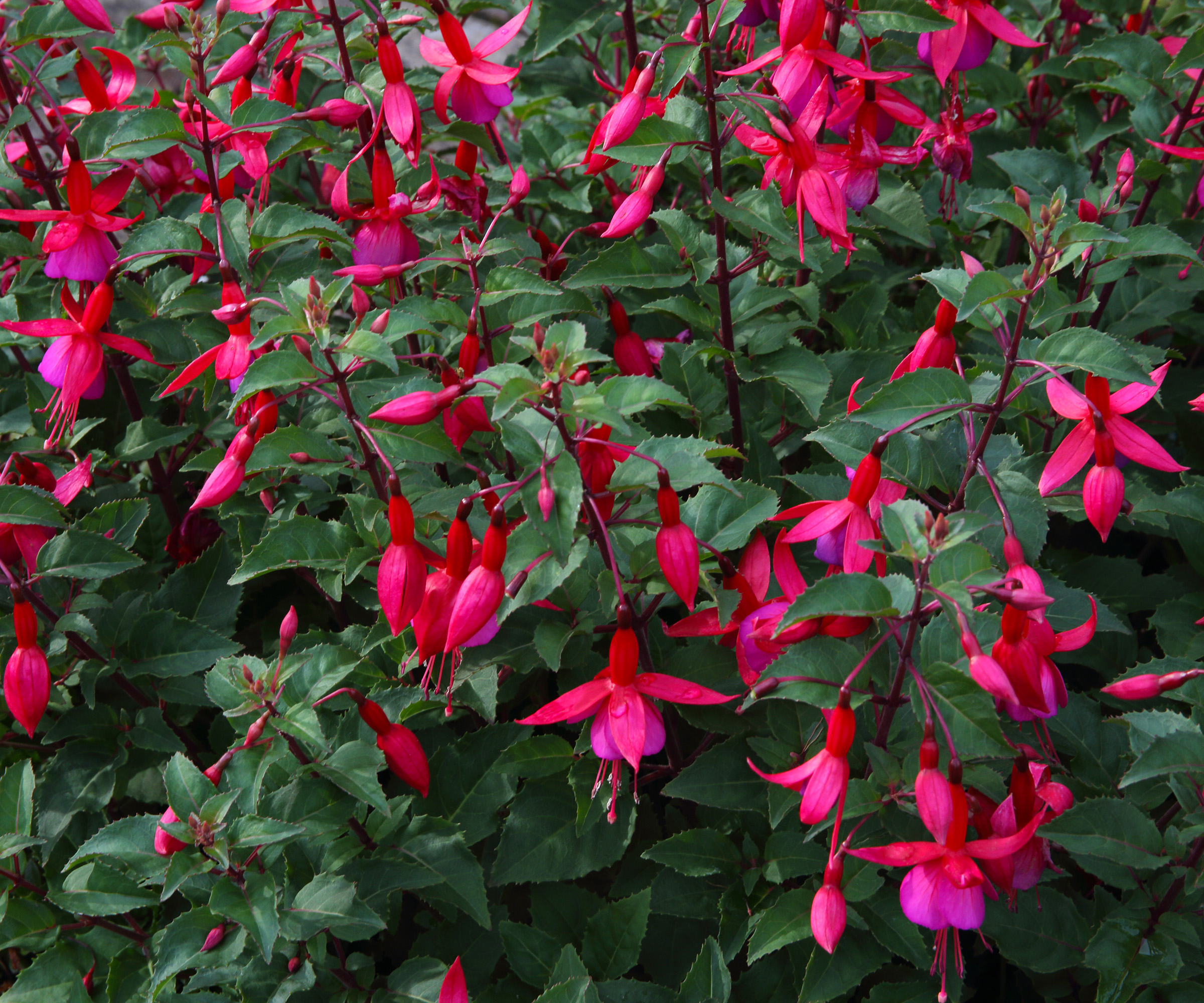
A great choice for full sun or partial shade that will like the moistness of clay soil. The pendulous flowers come in a variety colours but is best known for its pink or "fuchsia" shade.
"This plant likes moist, fertile soil and a full sun or partial shade position but needs to be sheltered from the wind to avoid exposed sites. Established fuchsia should be pruned back in mid-spring or it can become tangled and leggy, pruning also helps it to produce lots of new flowers," says Fiona Jenkins.
6. Rose
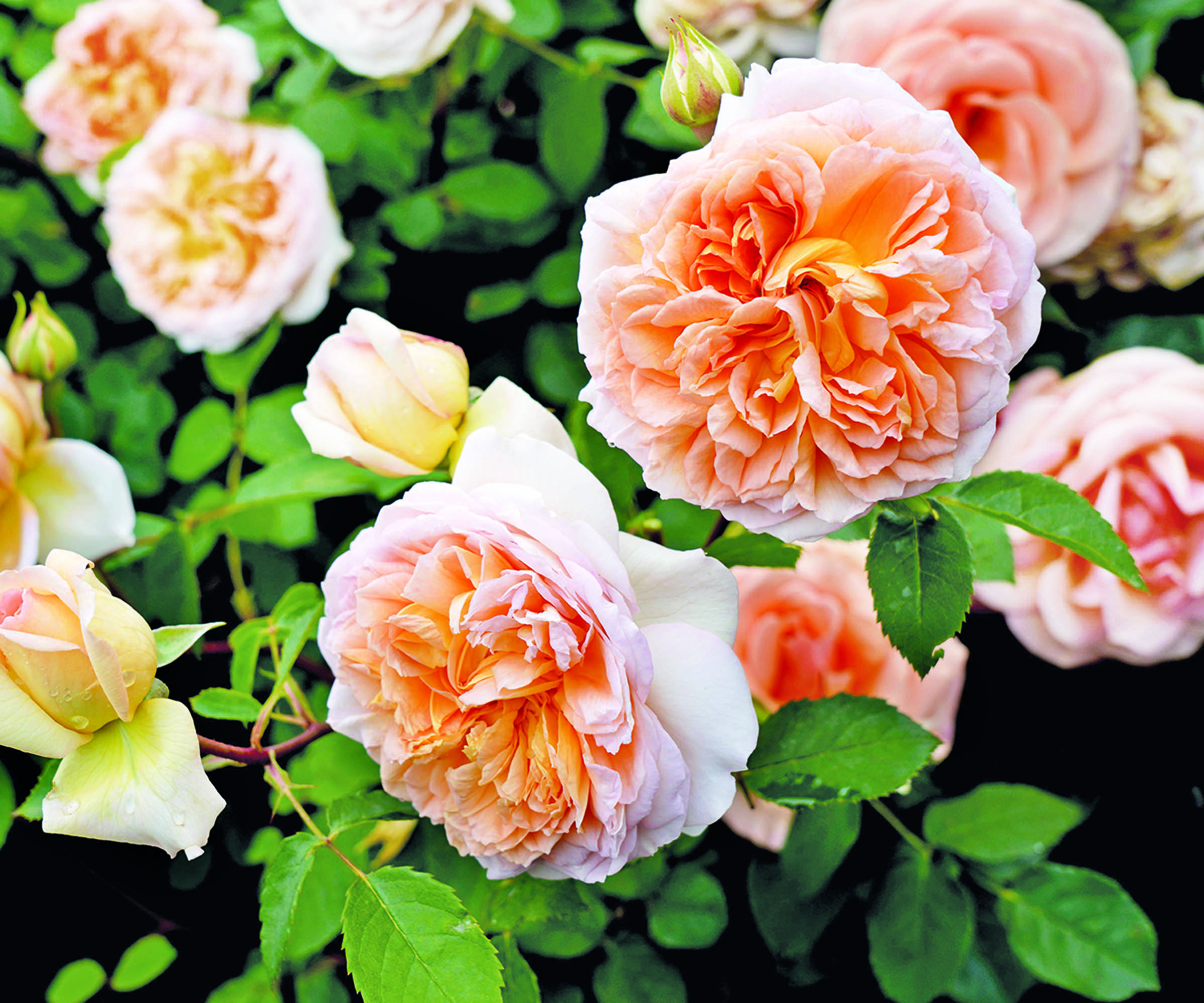
There are so many rose breeds and hybrids on the market that it's possible to find one to suit almost every garden situation. That being said most rose types will adore the richness of clay soil.
"Roses are the king and queen of a clay garden. Adding good-quality organic matter and some horticultural grit will prevent any issues with drainage and all roses will benefit from the additional nutrients," says Fiona.
"Most roses enjoy a full sun position but you can find those which will thrive in partial shade. Deadheading through the summer will ensure repeat blooming for long-lasting colour and scent."
7. Laurustinus
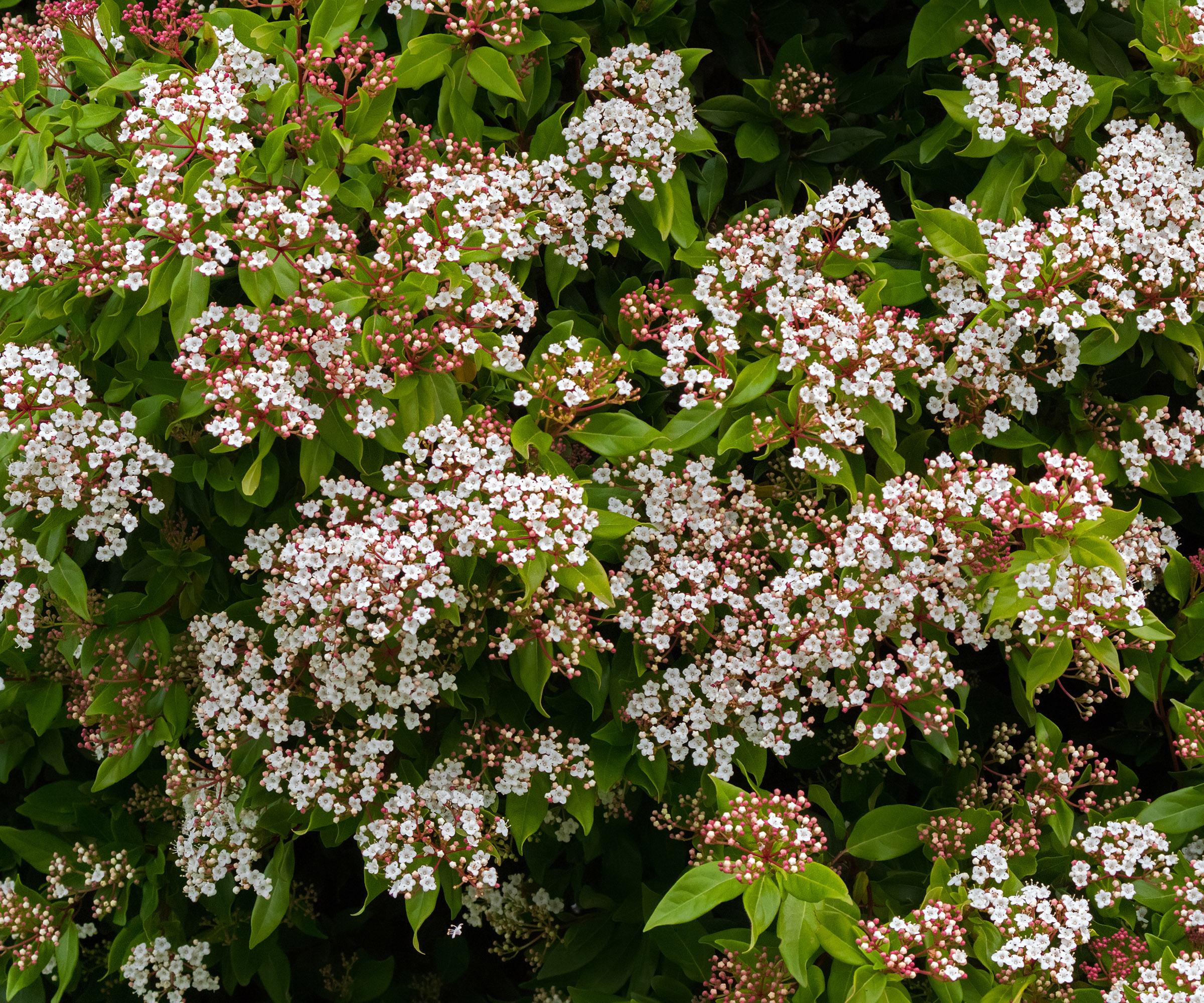
"Laurustinus - also known as Viburnum tinus is a striking evergreen shrub that can be grown as a hedge or stand-alone specimen. It adapts well to heavy clay and thrives in moist soil although it should not be allowed to get too wet so good drainage is necessary," says Fiona Jenkins.
The flowers start as pink buds that are often scented, they grow in clusters which open into delicate white flowers at the end of winter. So it's ideal for giving late-season interest.
8. Dogwood
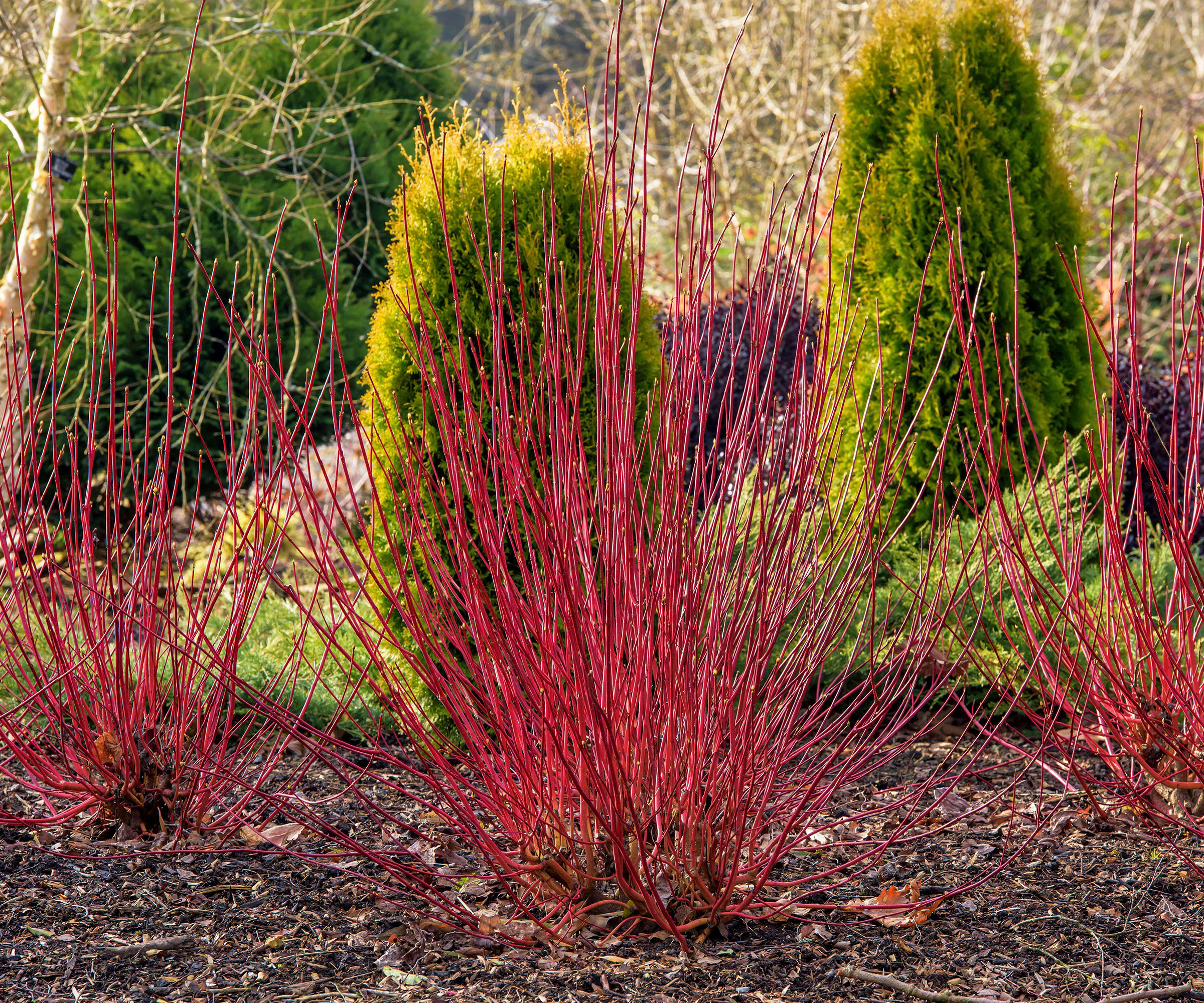
This deciduous shrub is a well-known hero of the winter garden. Whilst some may have pretty flowers in summer, the striking time is when their bold red and orange stems set the cold season on fire.
"Dogwoods, which naturally thrive on the damp edges of woodland, will tolerate very heavy clay soil even in waterlogged soil areas where other plants struggle to survive. To produce their gorgeous colourful stems, dogwood should be pruned back in winter or early spring. This pruning should be followed with an application of mulch and a good quality feed," says Fiona Jenkins.
9. Cotoneaster

Following on from the winter theme we have cotoneaster. "Cotoneaster are a versatile group of plants with some being evergreen and others deciduous. Most often used in borders and as fast-growing hedges, cotoneaster produces pretty white flowers in summer which are followed in autumn by masses of striking red berries," says Fiona.
"This clay-tolerant shrub will attract plenty of wildlife to your garden and offer structure, height and colour in the colder months," she says.
10. Butterfly bush

"Commonly known as the butterfly bush because of its fragrant flowers which attract butterflies and other pollinators, buddleia is fast-growing and tolerant of clay soil. The beautiful blooms of purple, pink, white, blue and yellow are not just attractive to look at but also have a wonderful honey fragrance," says Fiona.
Flowering for up to six weeks in the summer, the butterfly bush loves to be in a sunny spot but avoid planting it in a windy location.
FAQs
Which plants thrive in clay soil?
Jane Dobbs, gardening expert at Allan's Gardeners lists her top plants for clay soils below:
- The maple tree is a deciduous tree with vibrant autumn foliage. It needs little pruning and thrives in clay soil that drains well.
- Trees like oaks provide plenty of shade and have deep roots, which makes them perfect for stabilising clay soil.
- Hydrangeas have big, showy flower clusters and thrive in moist, well-drained clay soil.
- Rhododendrons are evergreen shrubs with spectacular blooms, which prefer acidic clay soils and partial shade.
- The daylily thrives in clay soil and is a hardy plant with vibrant flowers.
- The foliage on Hostas is large and attractive, and they prefer moist, well-drained clay soil in shade.
- Peonies have large, fragrant blooms and thrive well in rich, clay soil.
- Groundcover Creeping Jenny thrives in moist clay soil and has bright foliage.

Responsible for leading the gardening team at Allan's Gardeners, a landscaping and garden maintenance, business. She has 10 years experience as a gardener.
Which bulbs do well in clay soil?
Fiona Jenkins, garden expert at My Job Quote suggests the following bulbs for clay soils: "Narcissus are extremely versatile and will tolerate clay soil whether they are grown in partial or dappled shade. They make an excellent choice for clay soil borders."
"Crocus and bluebells are a great combination for growing beneath deciduous trees for spring colour. If you are looking for something a little different to plant in your clay soil Erythronium or dog’s tooth violet will enjoy the moist clay soil and will thrive even in shaded areas of the garden."
Are hydrangeas OK in clay soil?
"Hydrangeas are the perfect choice for clay soil as they will tolerate its heavy, moisture-retentive characteristics. You can amend the soil but don’t add more than 5-10% of organic matter when planting hydrangea as too much can cause the planting hole to hold too much water which can lead to root rot," says garden expert Fiona Jenkins.
"Use a small amount of compost and a bit of horticultural grit so you are providing the hydrangea with nutrient-rich but not waterlogged soil. Choose a full sun location and put down a layer of mulch to regulate the soil temperature and preserve moisture in the soil around the plant."

Teresa was part of a team that launched Easy Gardens in 2018 and worked as the Editor on this magazine. She has extensive experience writing and editing content on gardens and landscaping on brands such as Homes & Gardens, Country Homes & Interiors and Living Etc magazine. She has developed close working relationships with top landscape architects and leading industry experts, and has been exposed to an array of rich content and expertise.
In 2020 Teresa bought her first home. She and her partner worked alongside architects and builders to transform the downstairs area of her two bedroom Victorian house in north London into a usable space for her family. Along the way she learned the stresses, woes and joys of home renovation, and is now looking to her next project, landscaping the back garden.
